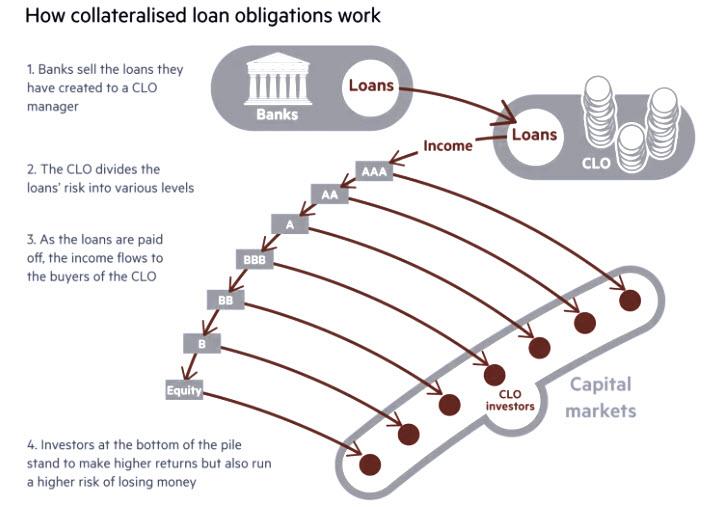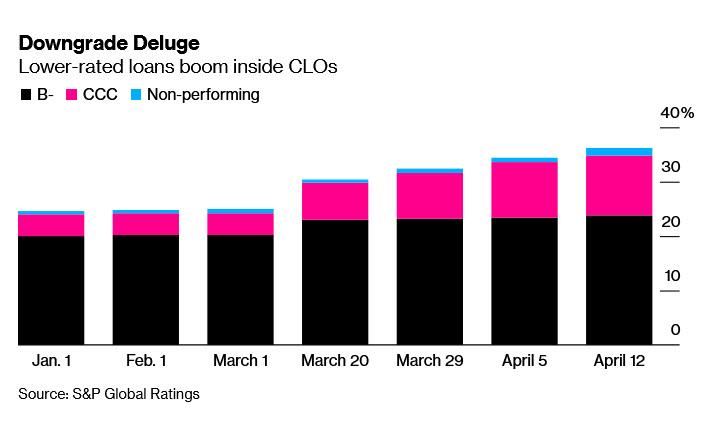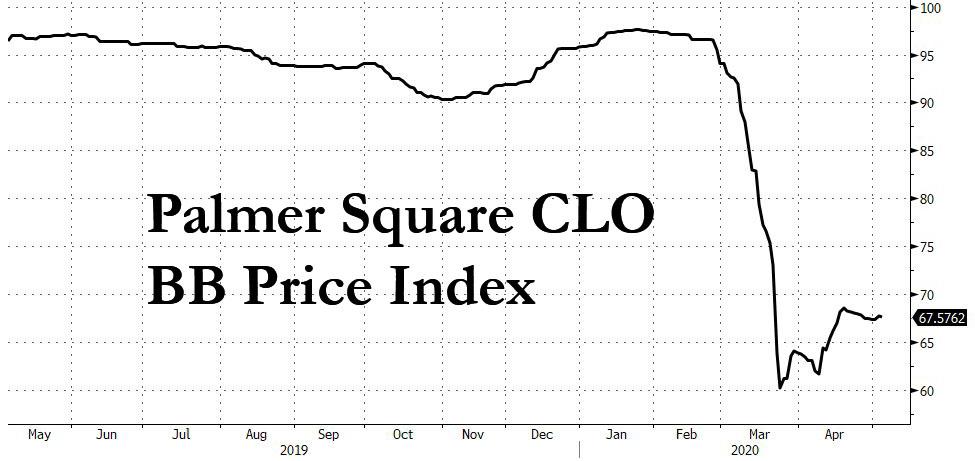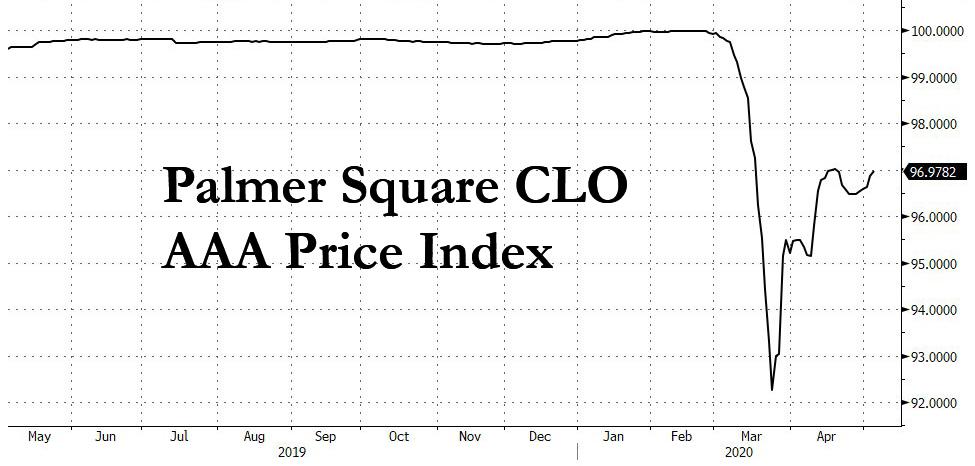Earlier this year, the Judicial Conference’s Code of Conduct Committee released an exposure draft of Advisory Opinion 117, titled “Judges’ Involvement With the American Constitution Society, the Federalist Society, and the American Bar Association.” In short, the opinion concluded that federal judges could remain members of the American Bar Association, but could not be members of the Federalist Society or the American Constitution. Judges could still speak at FedSoc or ACS events.
This draft created a huge stir in conservative legal circles. The WSJ Editorial Board attacked the draft in January. At the time, I abstained from writing about it; federal judges would be given an opportunity to comment, and outside commentary may prove to be counterproductive.
The New York Times and the Wall Street Journal have now published a letter signed by over two-hundred federal judges. This effort was spearheaded by the first four signatories: Judge Katsas (CADC), Judge Oldham (CA5), Judge Pryor (CA11), and Judge Thapar (CA6). By my count, there are more than 200-signatories, including appointees from Presidents Ford, Carter, Reagan, Bush, Clinton, Bush, Obama, and Trump.
The letter raises five primary arguments:
We write to express our deep concern with the exposure draft of Advisory Opinion No. 117, recently issued by the Judicial Conference’s Code of Conduct Committee. We believe [1] the exposure draft conflicts with the Code of Conduct, [2] misunderstands the Federalist Society, [3] applies a double standard, and [4] leads to troubling consequences. [5] The circumstances surrounding the issuance of the exposure draft also raise serious questions about the Committee’s internal procedures and transparency. We strongly urge the Committee to withdraw the exposure draft.
First, the judges write that the draft conflicts with the Code of Conduct–that is, it represents a departure from well-established judicial practice:
Membership in the Federalist Society is wholly consistent with the Code. Until recently, the Committee agreed. It previously recognized that members of the judiciary may join the American Constitution Society and donate to the Federalist Society.3 Given these prior opinions and the text of the Code, we are disturbed by the draft’s new position that membership in the Federalist Society violates the Code.
Second, the draft grossly mischaracterizes the nature of FedSoc:
All of these arguments rest on a flawed understanding of the Federalist Society and of the Code itself. Take the claim that the Federalist Society advocates particular policies, rather than the general improvement of the law. The draft fails to identify a single “policy position” taken by the Federalist Society. That is because—to the best of our collective knowledge—the Federalist Society has never, in its several decades of existence, lobbied a policymaking body, filed an amicus brief, or otherwise advocated any policy change. We are at a loss to understand how membership can be seen as “indirect advocacy”7 of the organization’s policy positions when the organization itself takes no policy positions.
Moreover, the American Law Institute routinely advocates for changes in the law.
Moreover, the Committee has previously approved judicial membership in organizations that advocate far more specific legal positions. For example, it has blessed membership in the American Law Institute,9 which seeks to “clarify, modernize, and otherwise improve the law.”10 The Institute pursues this goal by publishing restatements and model codes, which advocate detailed changes to all aspects of the law. The Federalist Society’s approach to reform is comparatively mild. Instead of taking specific legal or policy positions, it facilitates open, informed, and robust debate.
The letter rightfully observes that FedSoc events have more ideological diversity than “many” (I would add, “virtually all”) law school faculties:
Indeed, anyone who attends a Federalist Society event will encounter a diversity of views far exceeding that of many law school faculties. Although not all of us are members of the Federalist Society, all of us who have attended its events can attest to this. As the New York Times has reported, Federalist Society events “scrupulously include liberals as well as conservatives.”11 Every current member of the Supreme Court has participated in at least one Federalist Society event, as have hundreds of current and former federal judges of all judicial philosophies. So have countless progressive scholars and attorneys, including Jack Balkin, William Eskridge, Michael Gerhardt, Heather Gerken, Neal Katyal, Reva Siegel, Geoffrey Stone, Nadine Strossen, and Laurence Tribe.12 Judicial membership in such organizations should be encouraged, not banned.
The judges also point out the obvious “double standard.” The ABA engages in overt political activity.
For some time now, the ABA has taken “public and generally liberal positions on all sorts of divisive issues.”15 What’s more, the ABA does so by directly advocating for particular outcomes in particular cases.16 Not long ago, the ABA submitted an amicus brief in a pending Supreme Court case related to abortion.17 The ABA also filed amicus briefs in other contentious cases like Masterpiece Cakeshop18 and Trump v. Hawaii.19 And before that, the ABA weighed in on cases involving gender identity,20 affirmative action,21 same-sex marriage,22 and the Second Amendment.23 In fact, over the last decade, the ABA has filed more than 100 amicus briefs in many of our nation’s most charged cases.24 The Federalist Society has not filed even one. Likewise, the ABA routinely lobbies Congress,25 while the Federalist Society does nothing of the sort
How does the Committee distinguish the ABA from FedSoc?
Despite the ABA’s open political advocacy, and its support for specific outcomes in pending cases, the Committee has blessed judicial membership in the ABA while banning judicial membership in the Federalist Society. The explanation for this differential treatment? The Committee says that the Federalist Society and the American Constitution Society are different because “[a] reasonable and informed public would view judges holding membership in these organizations to hold, advocate, and serve liberal or conservative interests.”
This rationale would apply equally to the ABA.
But it is strikingly inconsistent to prohibit membership in the Federalist Society because the public might view it as conservative, while blessing membership in the ABA because the ABA considers itself non-partisan. To make matters worse, this double standard rests on a critically flawed factual premise, for it is simply not true that the Federalist Society takes legal or policy positions.
Finally, the judges address certain “procedural questions.”
Finally, the issuance of this exposure draft raises several procedural questions. Since its inception, the federal judiciary has insisted that each judge on a collegial body may state his or her individual views on the question presented. Yet reports suggest that no member of the Committee was permitted to dissent, despite some members’ strong disagreement with the exposure draft. Other reports suggest that at least one member of the Committee was barred from voting on the draft. And the Committee’s reversal of its prior, settled interpretation— without any relevant change in the Code—raises further concerns.
One member of the committee publicly commented on the proposal. (You can see the list of members here.)
The judges raises additional questions about the process:
We cannot know what has gone on behind closed doors, so we take no position on the propriety of what has or has not occurred within the Committee. But we do believe that the Committee’s procedures raise pressing questions. If the Committee adheres to its opinion, we think that it is obligated to address the following issues:
Was the Committee unanimous in its support of this policy? If not, how many members dissented, and what were their reasons?
Were members of the Committee allowed to note and explain their dissents? If not, why not? Does any regulation of the Judicial Conference authorize the suppression of dissent?
Are any members of the Committee also members of the ABA? If so, did these members recuse themselves from working and voting on the exposure draft?
What specific circumstances justify the Committee’s overruling of its prior, settled position that the Code permitted judicial membership in the ACS?
All questions that should be answered.
The WSJ editorial closed with this line:
Chief Justice John Roberts is the official head of the Judicial Conference, and he should call Judge Erickson and tell him to kill this draft forthwith.
Agreed. Roberts should flush this out quietly and discretely, the way it ought to be. No more public leaks.

from Latest – Reason.com https://ift.tt/2Wbs2gl
via IFTTT







